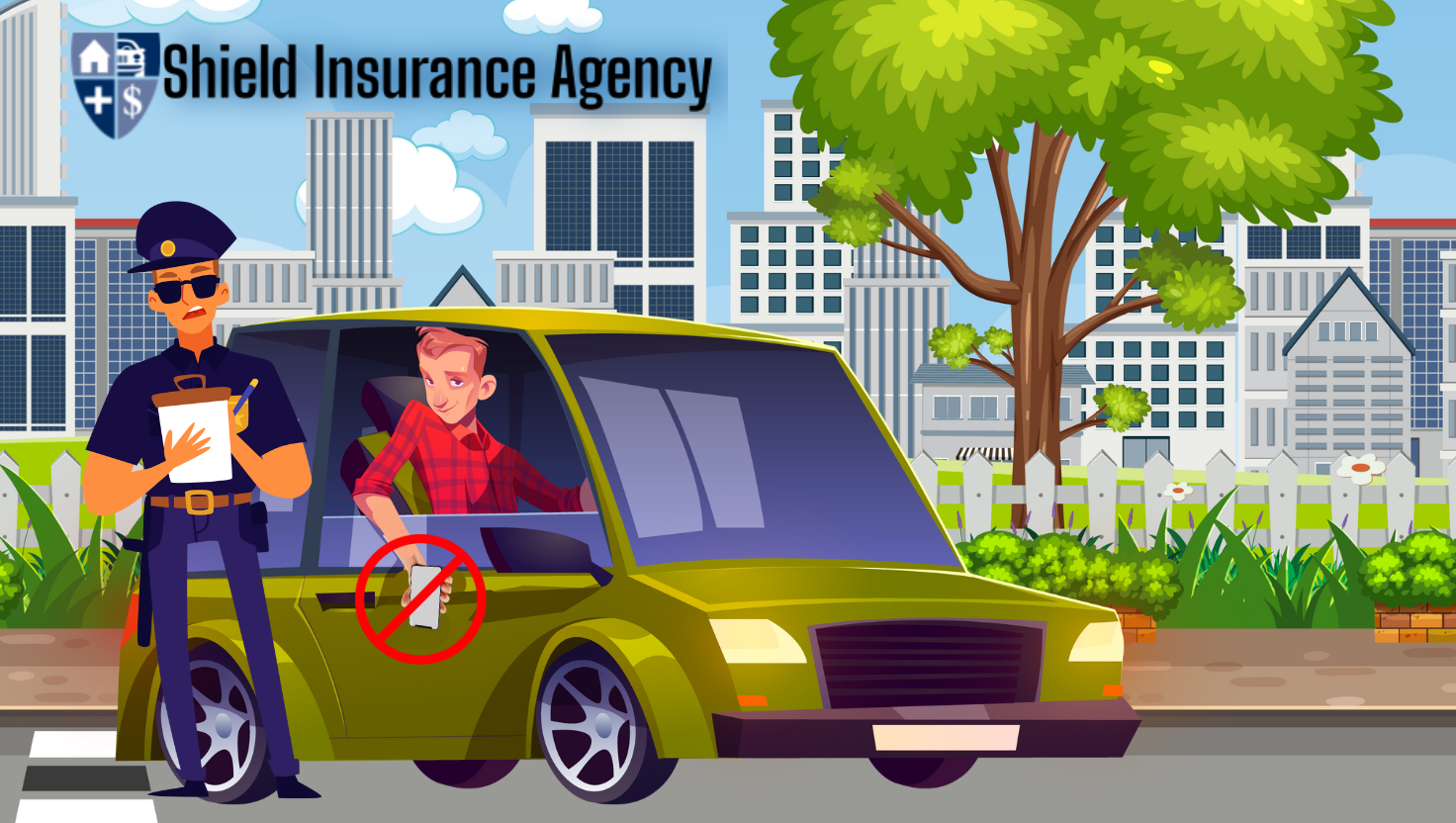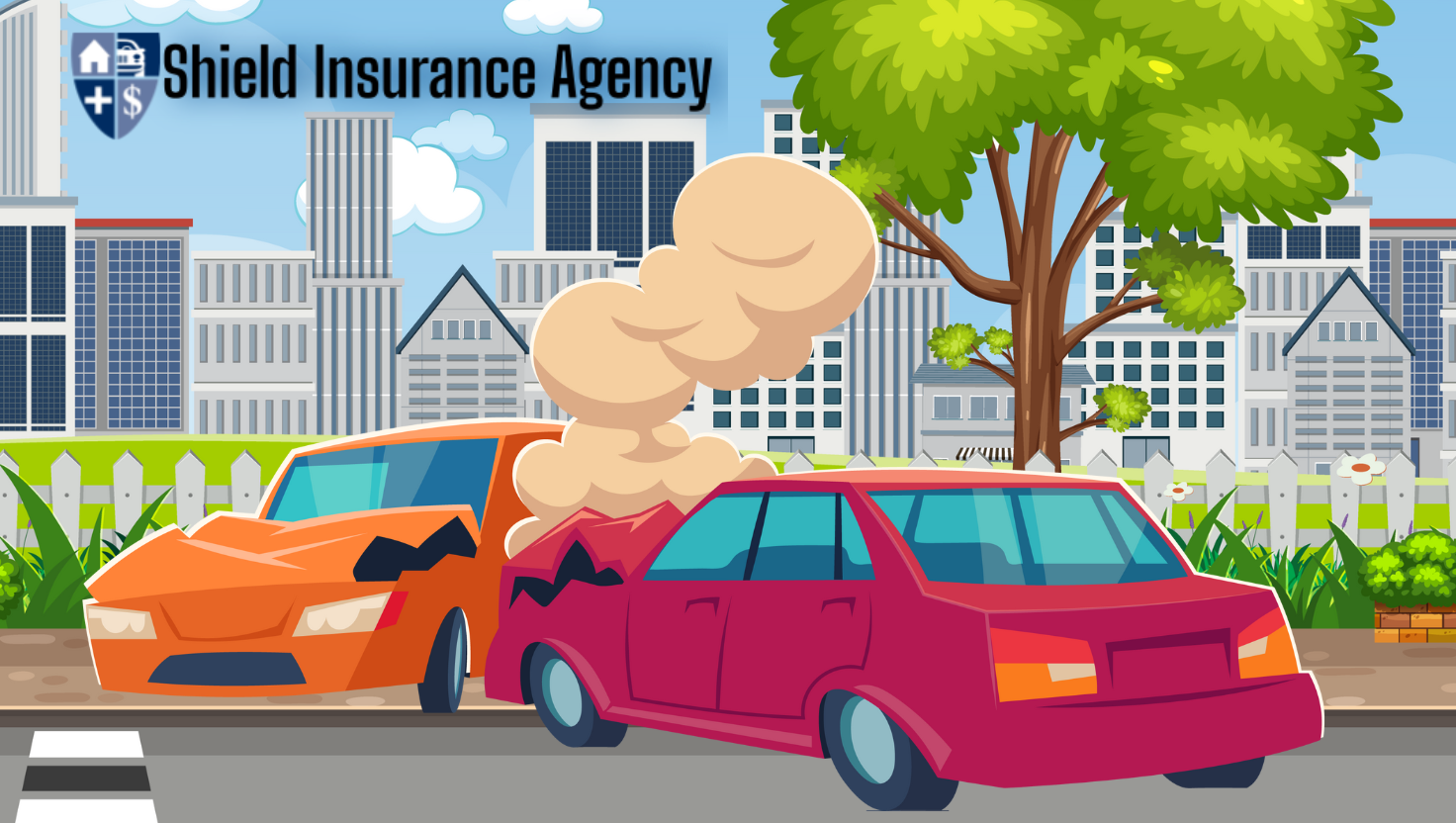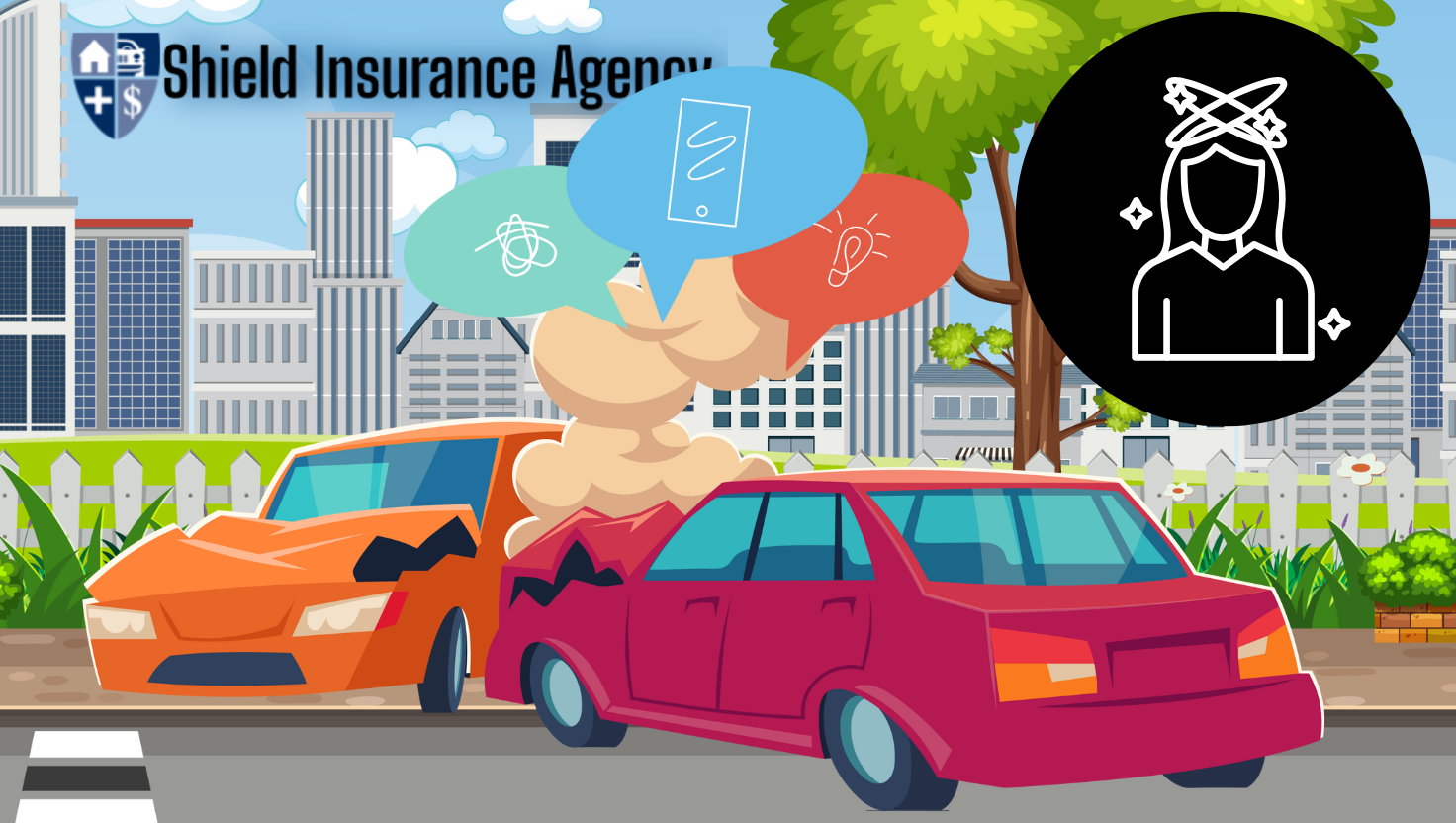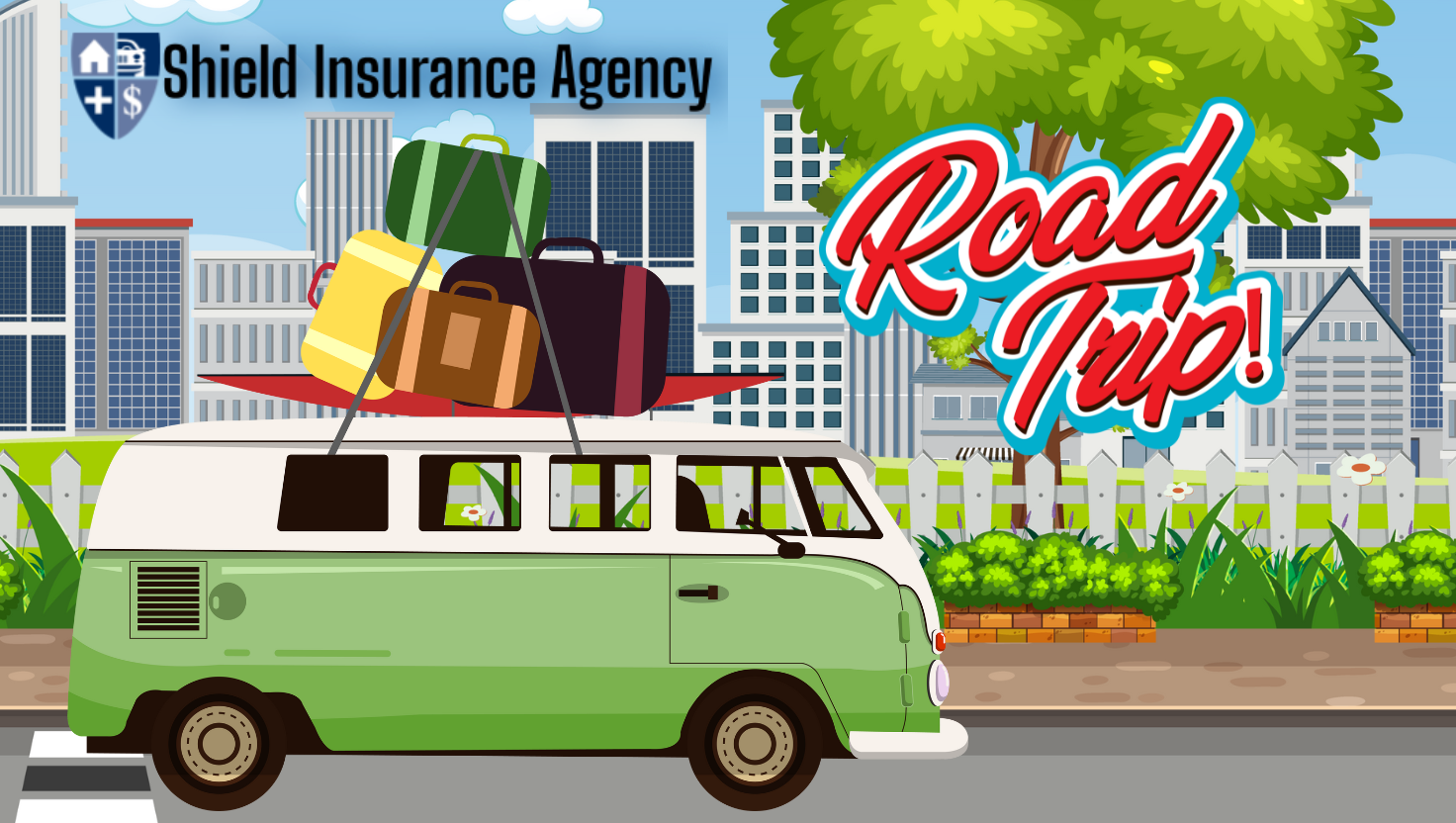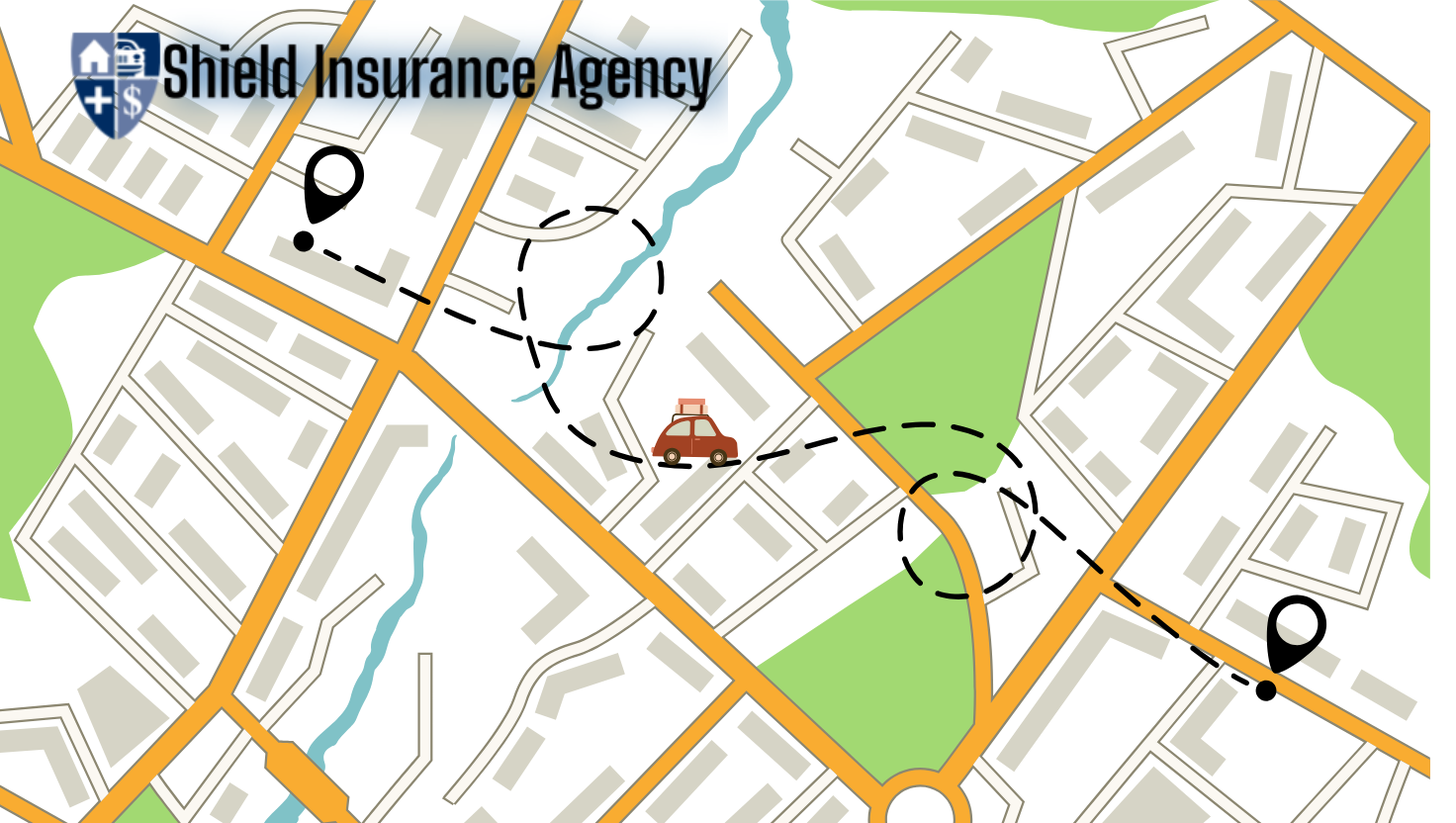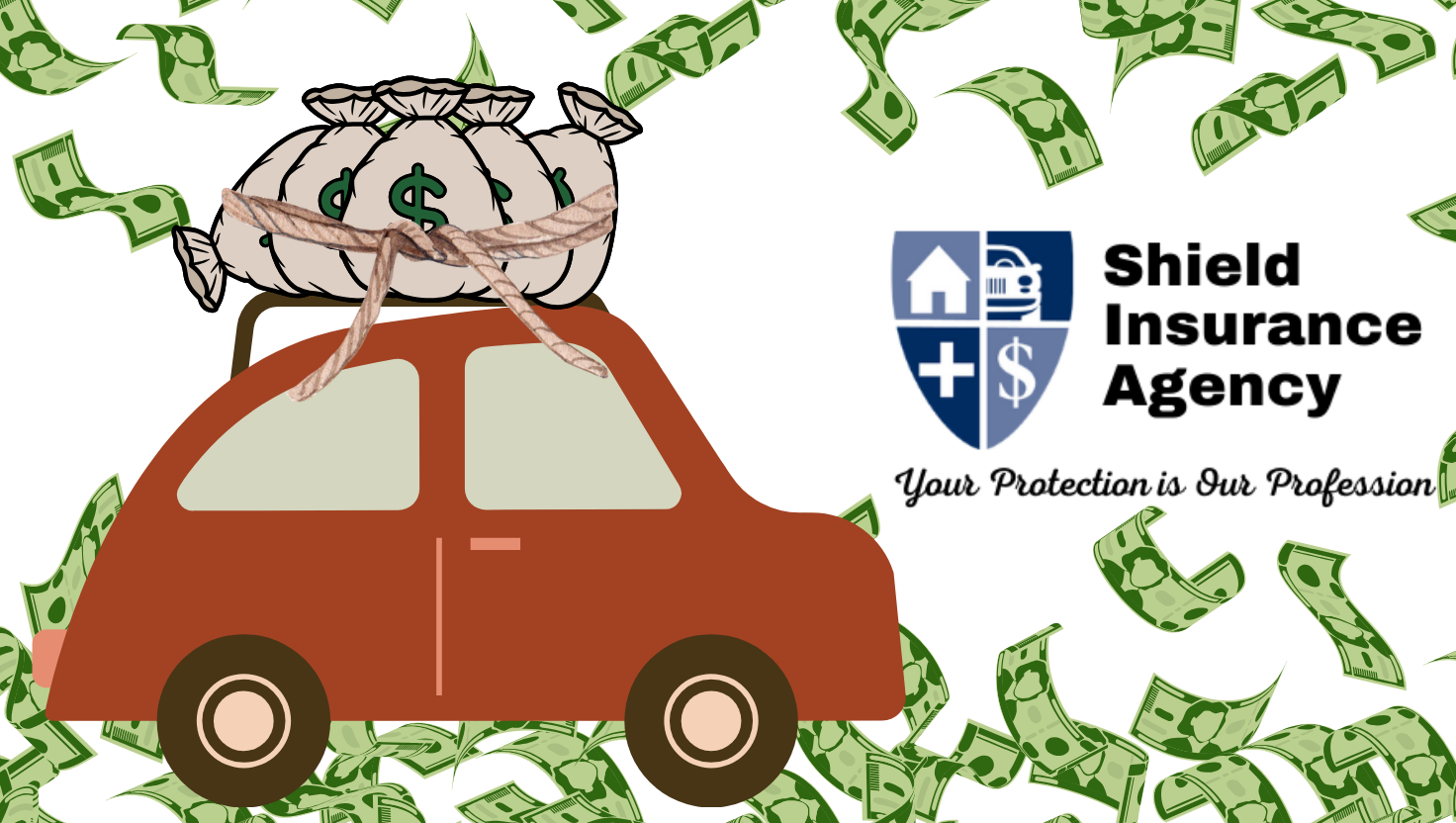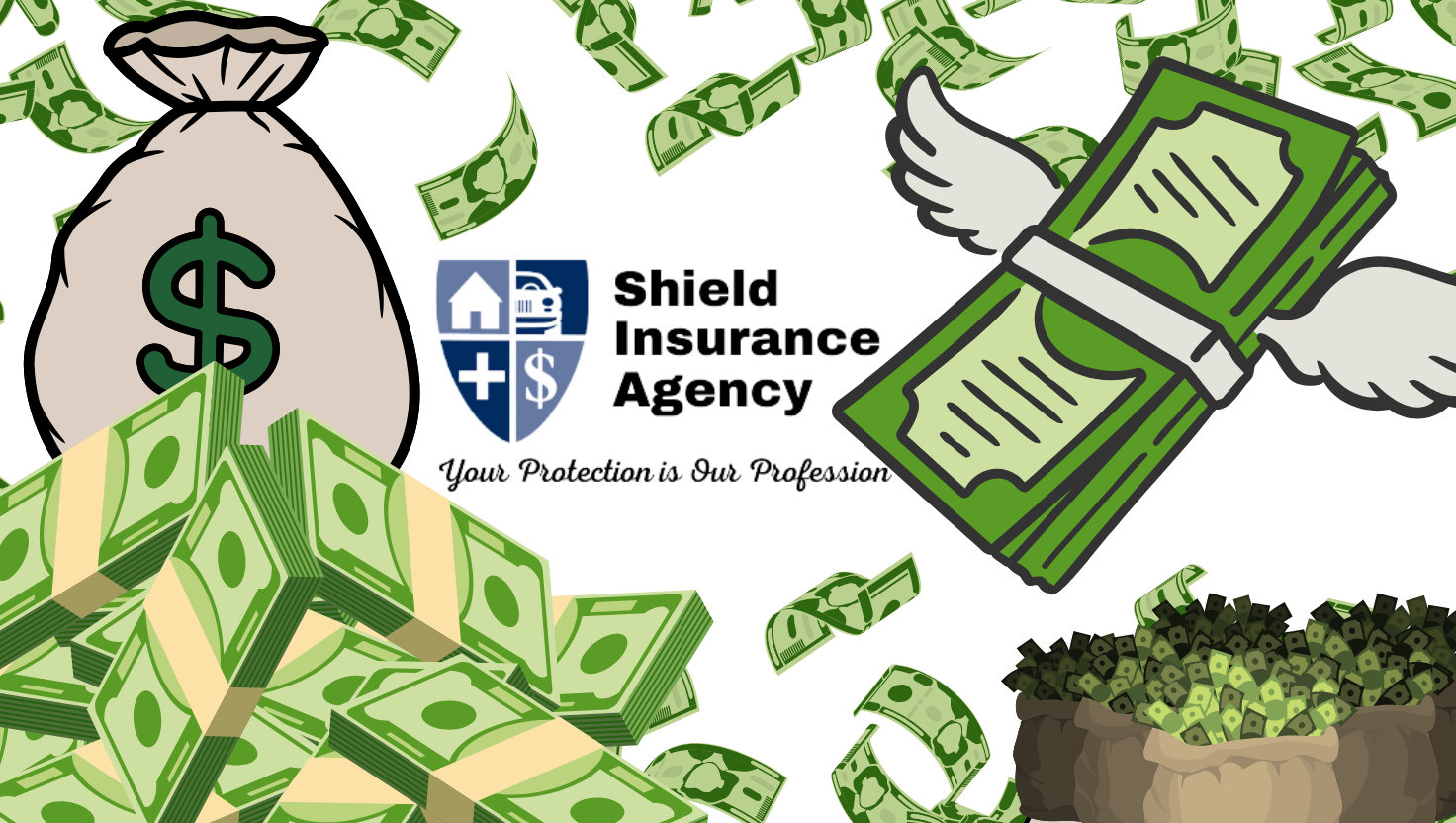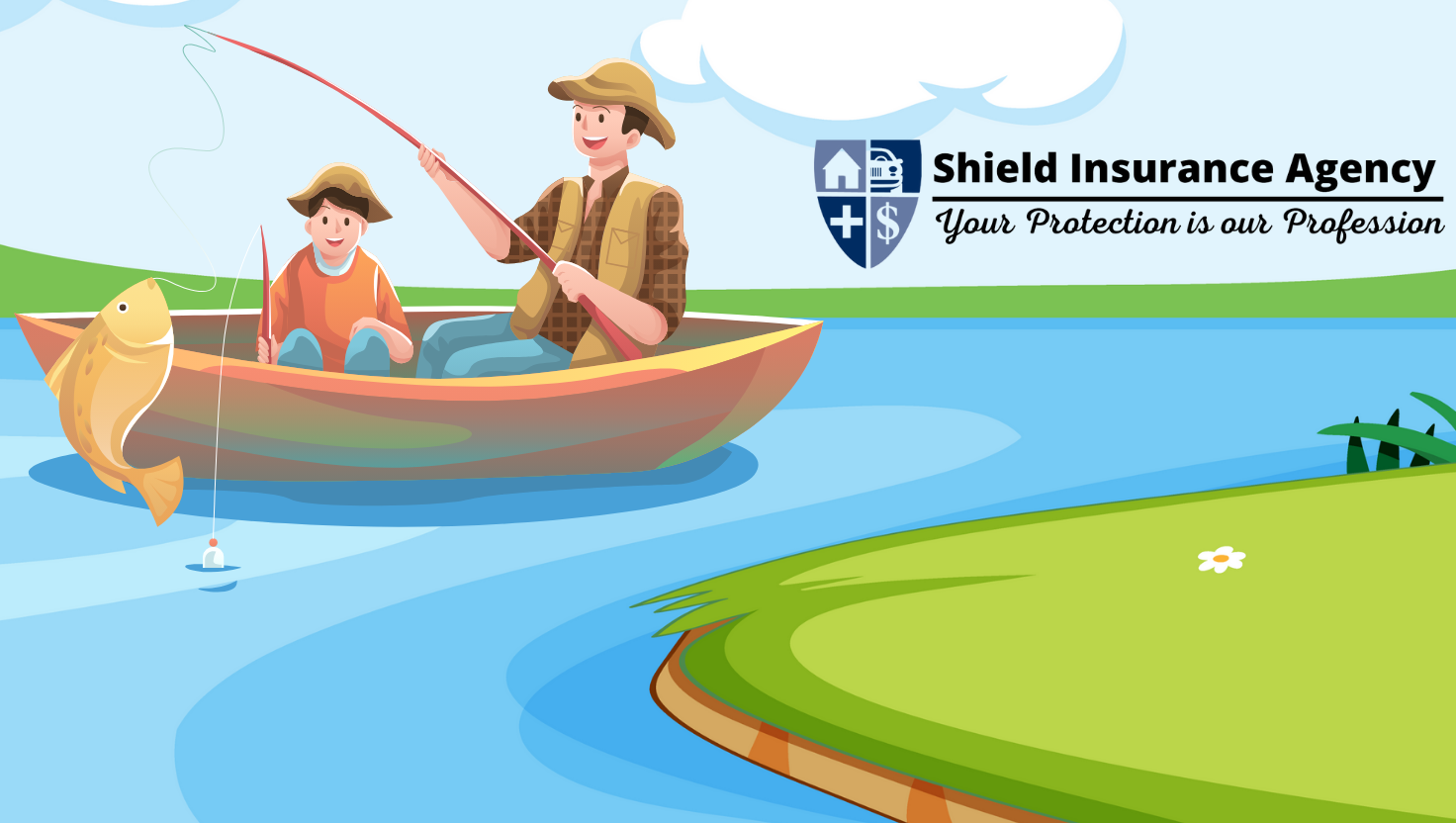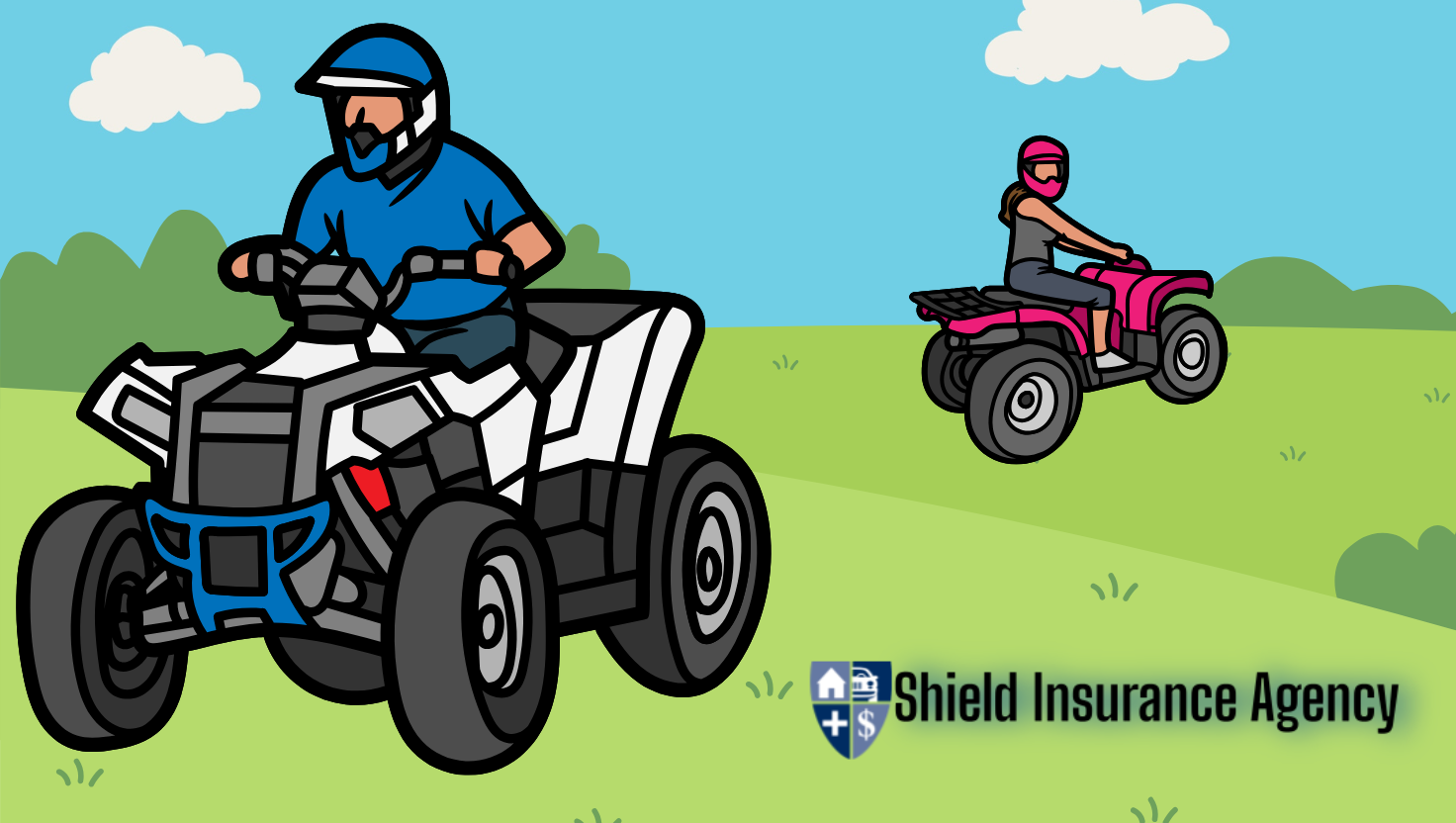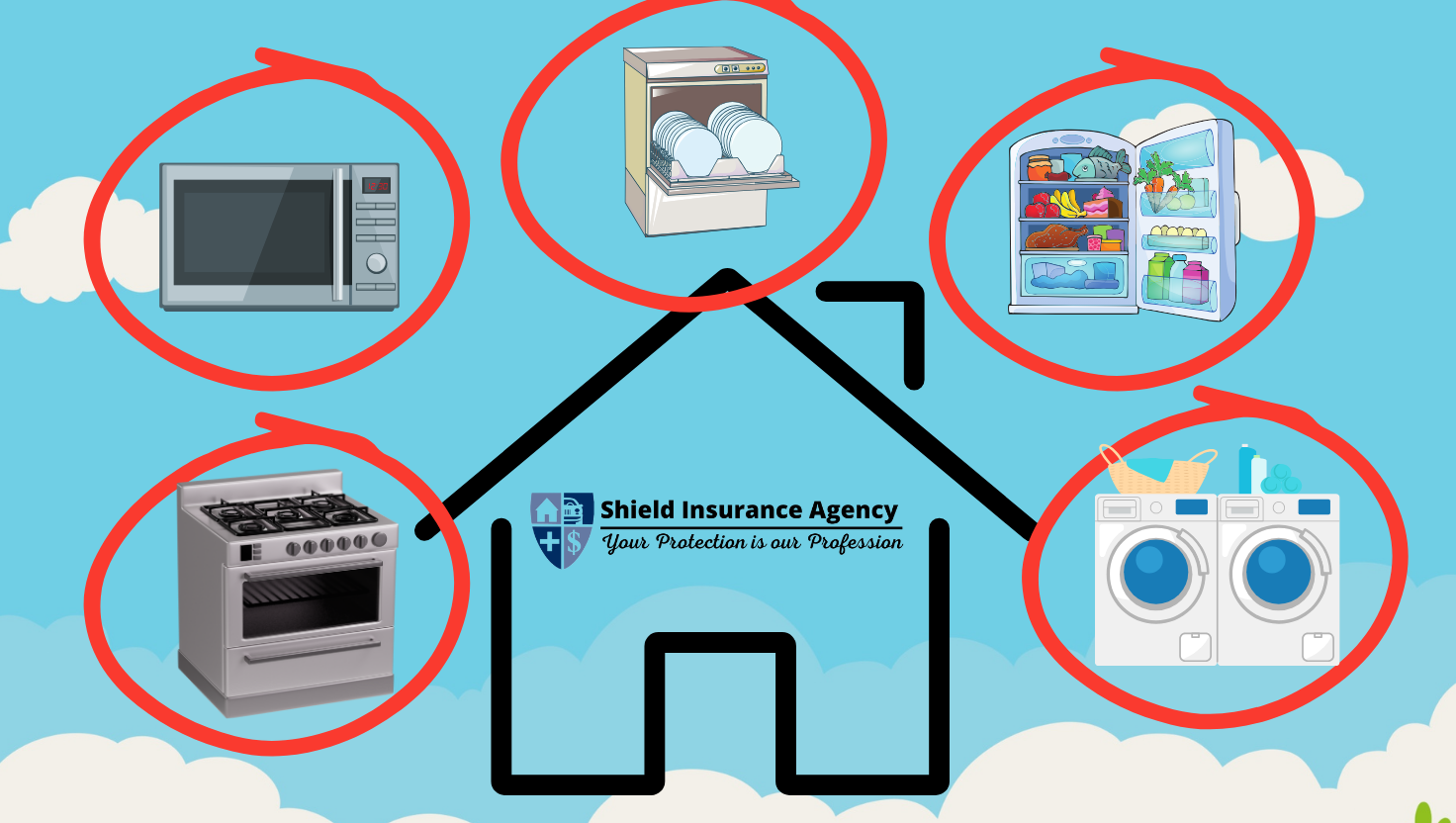Sailing the high seas is exciting, but it can be a tricky business. That’s why boat insurance is a valuable consideration, to help protect against any possible perils your vessel might face. Your boat insurance gives you peace of mind so you can fully enjoy your time out on the water. But boat insurance doesn’t cover anything and everything. Being aware of your boat insurance policy exclusions can help ensure that you operate and maintain your boat appropriately, as well as choose the right insurance coverage for your needs, so you don’t get stuck with a damaged boat and astronomical expenses.
In fact, most basic boat policies have exclusions. This means there are certain scenarios that are “excluded” and your boat insurance will not step in to provide coverage in those instances.
WHAT ARE THE MOST COMMON BOAT INSURANCE EXCLUSIONS TO BE AWARE OF?
1. Wear and tear
Your boat will start to gradually deteriorate over time. We like to say, the more your boat is worn and weathered, the more loved it is! But despite this loving, your boat insurance typically won’t cover any repairs or replacements that’s a result of natural wear and tear. You are responsible for regularly maintaining and servicing your vessel to prevent loss.
Note that saltwater corrosion is a common boat deterioration that’s almost never covered by boat insurance. Protect your boat from corrosion and rust by frequently giving your boat a freshwater bath to remove the salt and other minerals that can damage your vessel.
2. Infestations
Most boat insurance policies exclude insects, animals, and mold. This means you won’t be covered if your boat is damaged by a raccoon sneaking on and ransacking the place or if termites, zebra mussels, or barnacles eat away at your boat. Mold loves warm, wet places, too, so it’s not uncommon for boats to get a mold infestation.
You want to take effective steps to protect against any and all infestations on your boat. This means you want to clean, drain, and dry all of your boat equipment after use. Getting rid of excess water and moisture helps deter marine infestations and mold. You’ll also want to clean up spills and messes to dissuade animals and insects from making their home on your boat.
Infestations can quickly do damage if not properly managed… and you’ll end up footing the bill. Talk to someone about the highest risks of marine infestation in your area and how you can take measures to defend against these.
3. Marine life
Most boat insurance doesn’t cover damage from marine life including sharks, octopi, whales, and other creatures. If you tend to sail in waters with a lot of unruly creatures, you may want to discuss a supplemental policy with your insurance agency.
It’s also important to note that mermaids and other mythical creatures are not covered under your boat insurance. (Tip: If you see a mythical creature, grab your camera, snap a few shots, and then sail away as fast as you can since it’s not covered.)
4. Faulty machinery
Basic boat insurance policies don’t cover any machinery or parts that need repair or replacement due to deterioration, lack of maintenance, improper use, or mechanical and production defects. However, that means your insurance would likely still cover machinery if it is damaged by a covered peril, like a collision or storm.
Even if the faulty machinery isn’t covered, your boat insurance may cover other damages that the machinery causes. For example, your water pump gets clogged up because you haven’t cleaned it. The water pump bursts and causes flood damage to your boat. Boat insurance may not pay for a replacement water pump, but it may help partially cover the damage that the water pump caused to the rest of the boat. This is dependent on your insurer and how they handle different claims.
4. Accessories
Most boat insurance won’t include additional accessories and equipment unless specifically stated in the policy. For example, it won’t cover life jackets, navigation gear, GPS systems, anchors, or boat modifications. We recommend purchasing supplemental boat equipment coverage and personal effects coverage to protect all the “extras” on your boat.
5. Improper storage and transportation
Your boat insurance can be year-round, and most basic boat insurance policies will protect against fire, vandalism, theft, and winter storms in the off-season. This protects your boat from serious financial strain in the case of an incident—which can occur more often than you might think.
However, your insurance company won’t cover your boat if it’s incorrectly stored and transported in the off-season. For example, if you don’t properly tie down your boat while driving it from the lake to the storage center and the boat falls off, your insurance company won’t cover it.
Essentially, most insurance policies cover your boat on-land—but only if you take appropriate measures and precautions to keep it safe.
6. Unnamed operators
Like auto insurance, your boat insurance covers certain named drivers on your policy. Anyone who isn’t a named boat operator on your insurance isn’t covered. If your boat gets into an accident while someone else is driving, your insurance likely won’t cover any of the damage. So don’t lend your boat out to friends for a joy ride unless you’ll be the one driving.
7. Navigation limits
Most boat policies will cover you for a specific geographic region. If you sail out of your navigation limits or into off-limits waters, your boat insurance “turns off.” Make sure you know your sea navigation area to understand where your boat is and isn’t covered on the water.
8. Competitions
Most boat coverage won’t include special events, like boating races with high speeds. If you’ll be using your boat for a competition, you may want to talk to your insurance agent about supplemental insurance, especially additional liability insurance in case of a collision during the race.
GET BOAT INSURANCE
Is your boat fully insured for this summer season?
It’s important to know your boat insurance policy in detail since inclusions and exclusions vary from company to company. Not sure what your policy looks like? Looking to get better coverage at the best possible price? Get a quote from Shield Insurance Agency to make sure your boat insurance fits your needs.
Wondering what your boat insurance policy includes and excludes? Call or text our Shield Insurance Agency office today at 616. 896.4600 and an insurance advisor can review your policy and offer expert advice.
